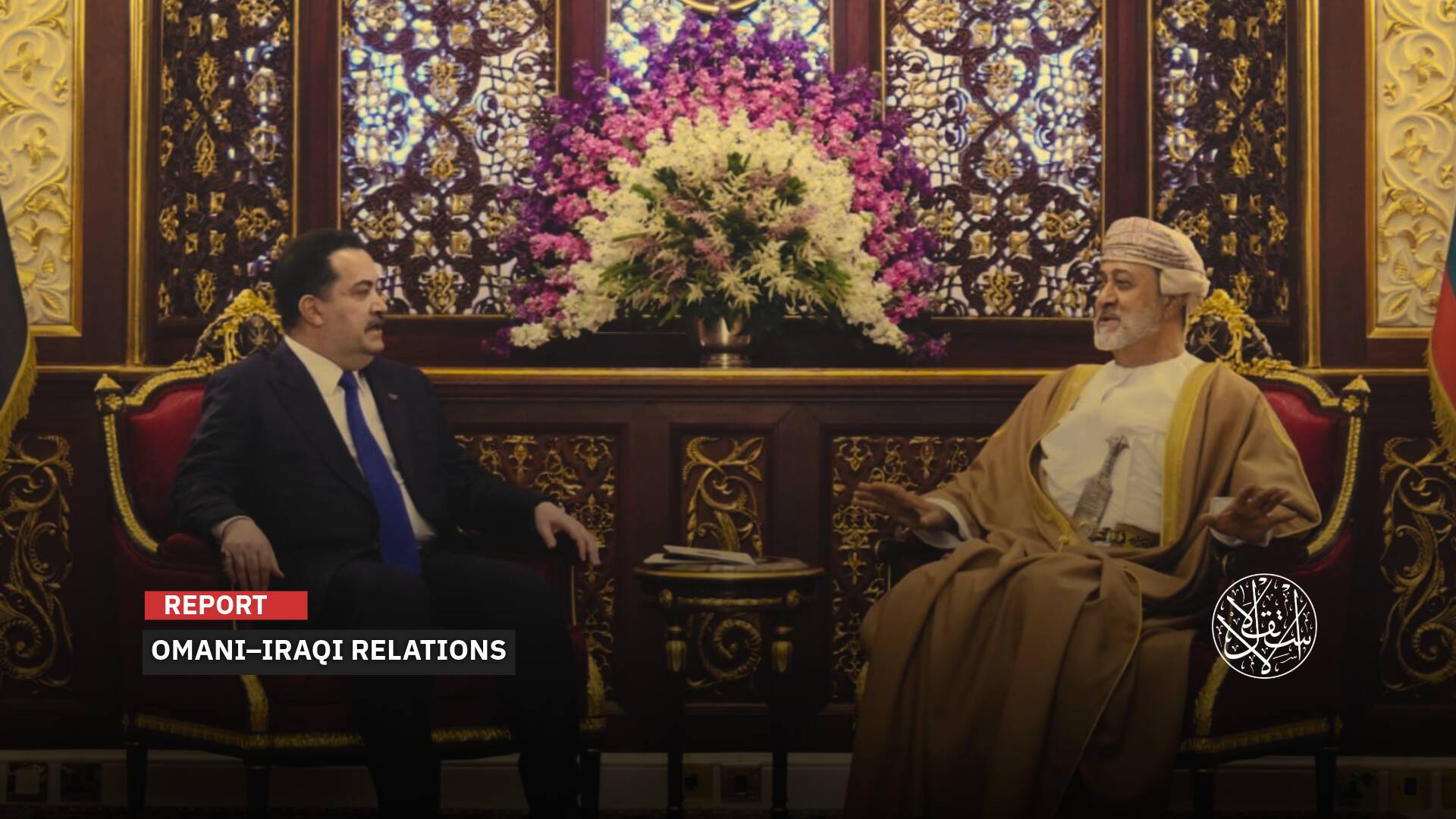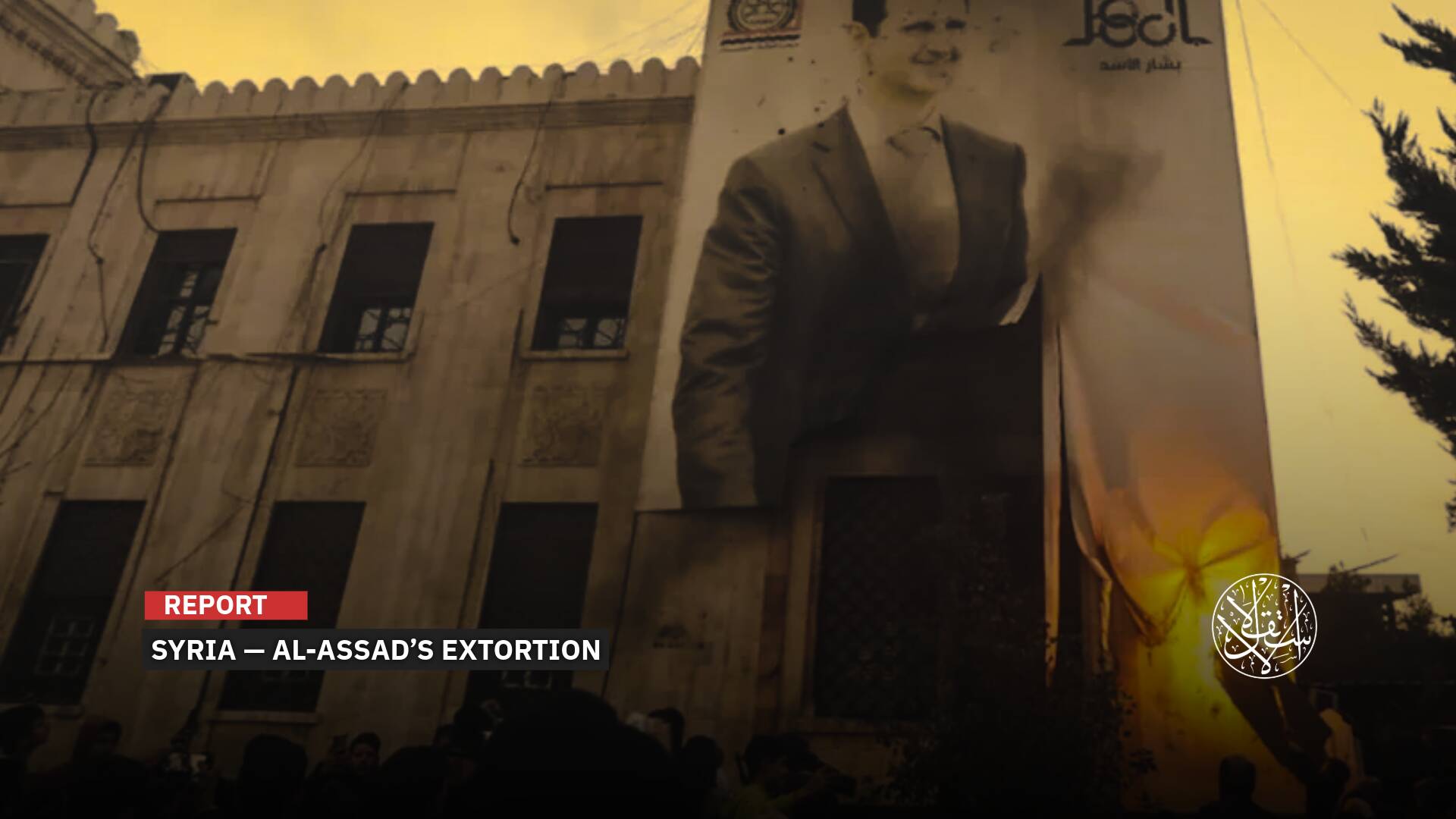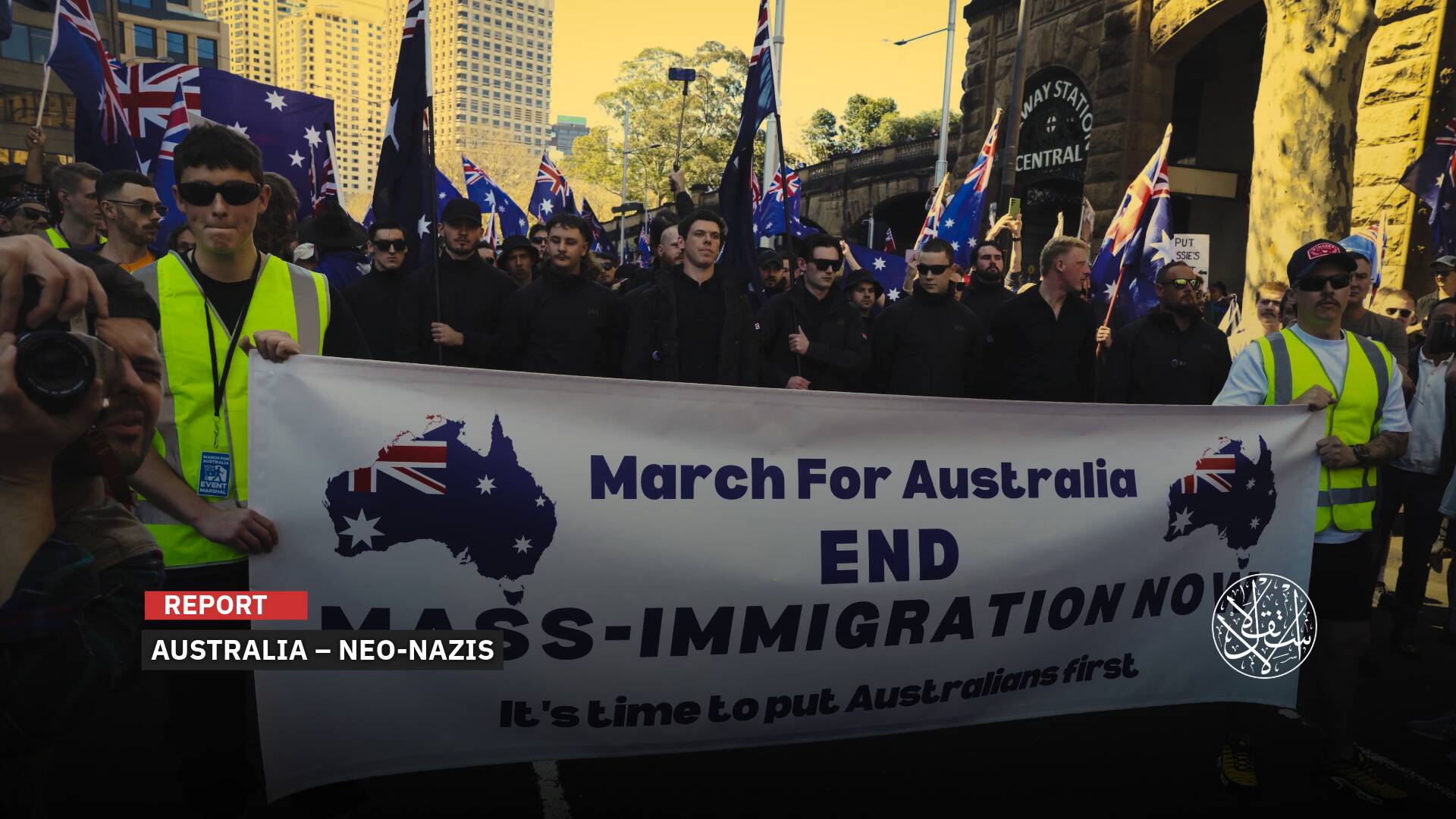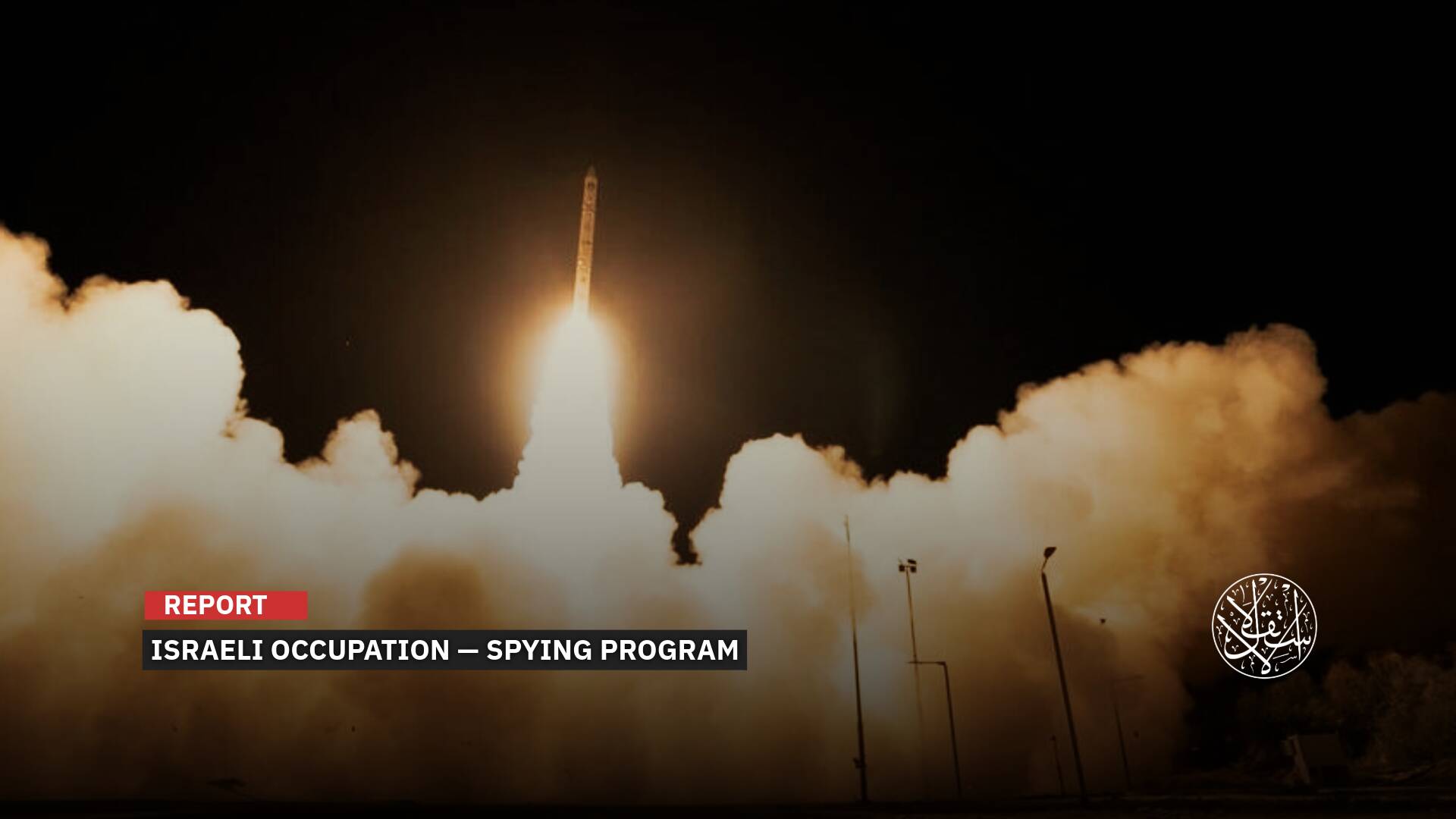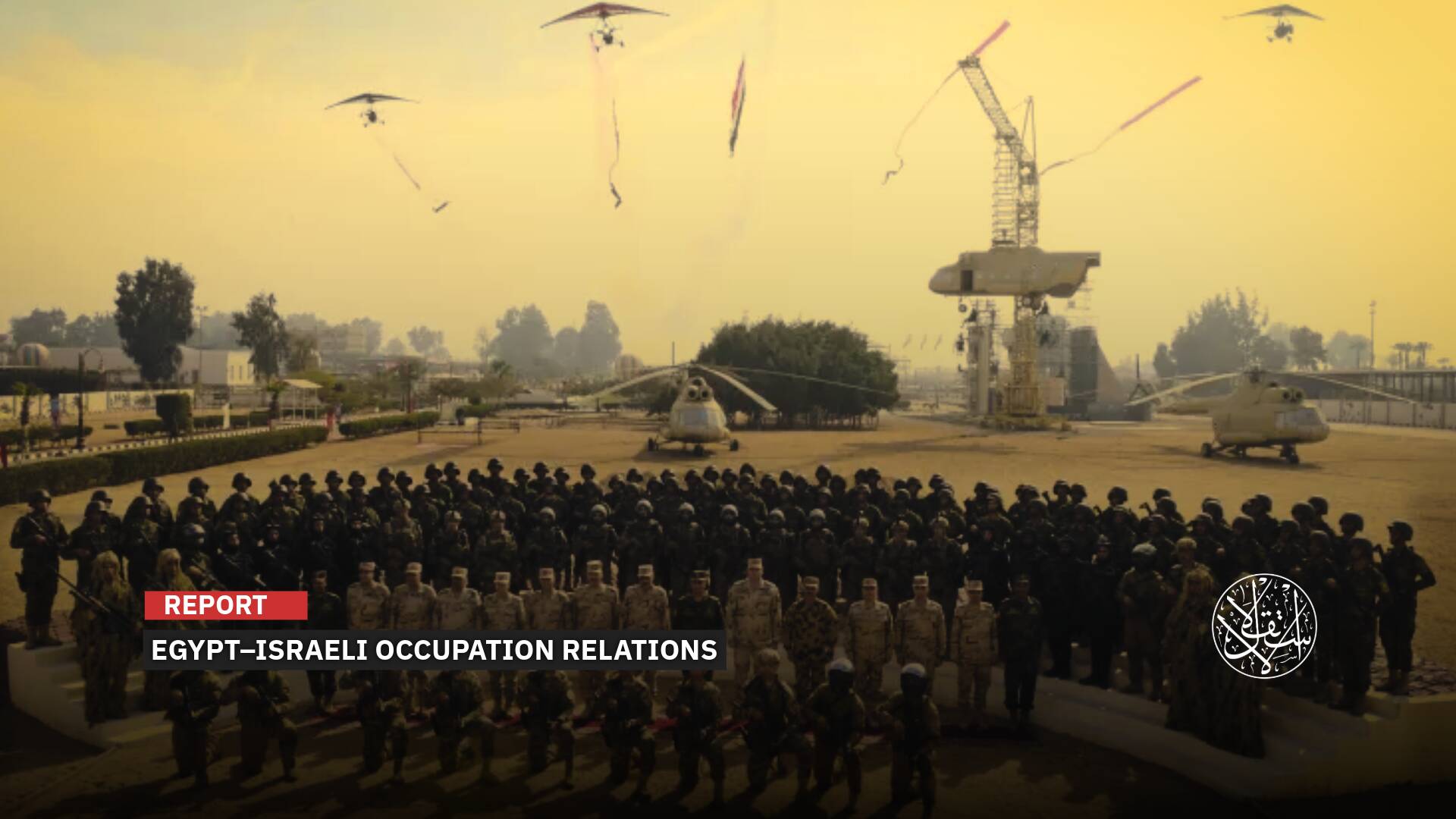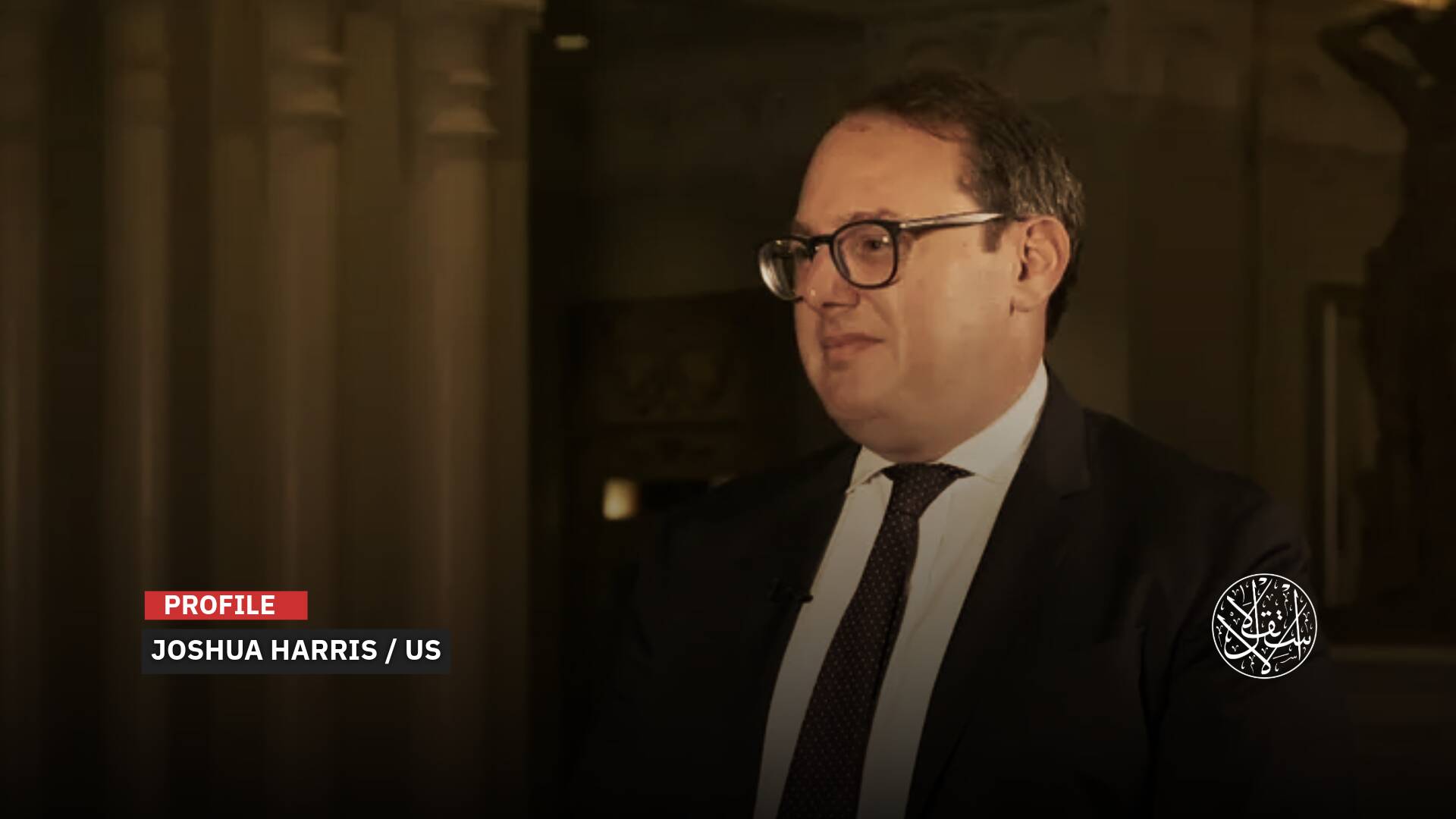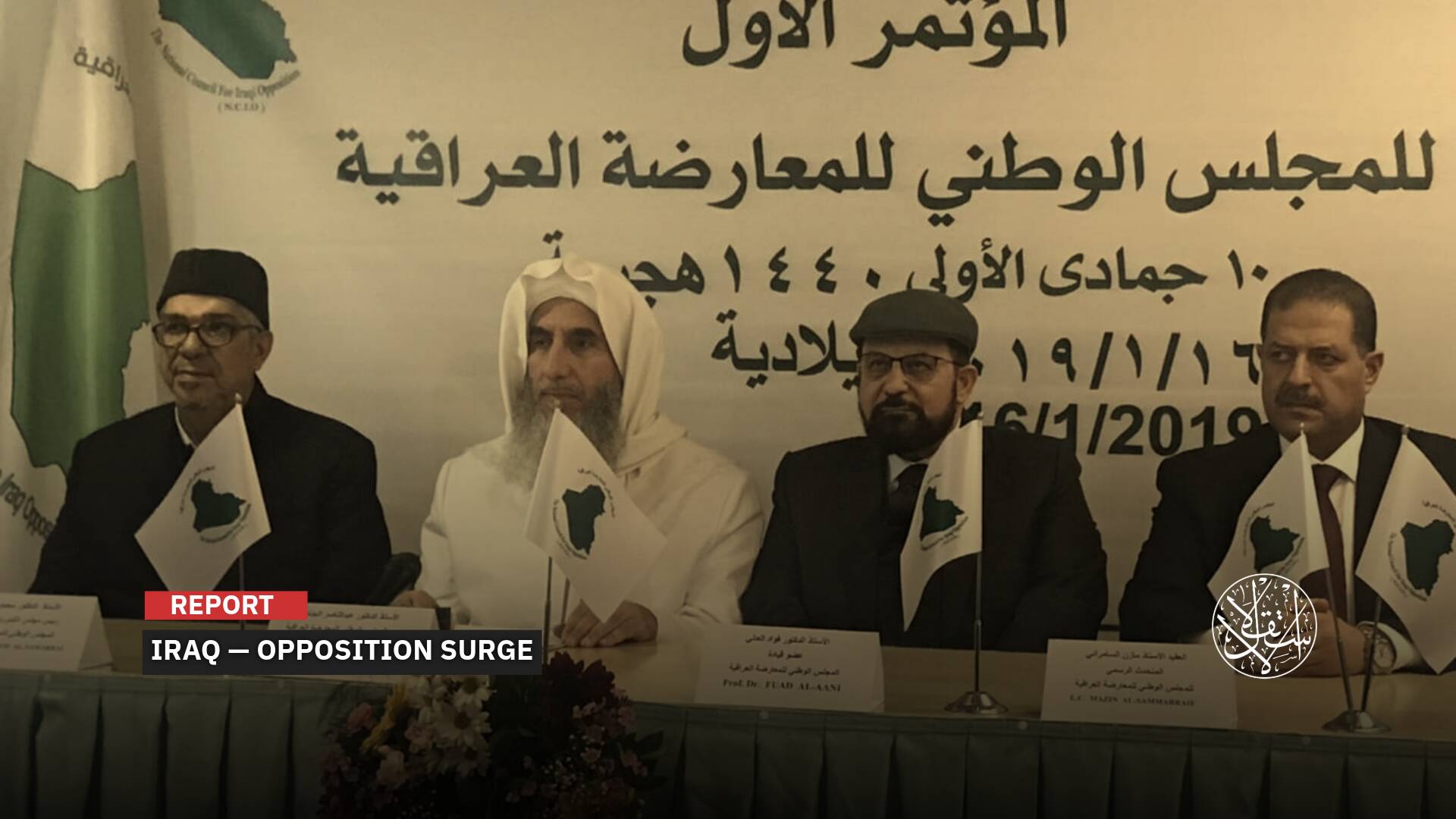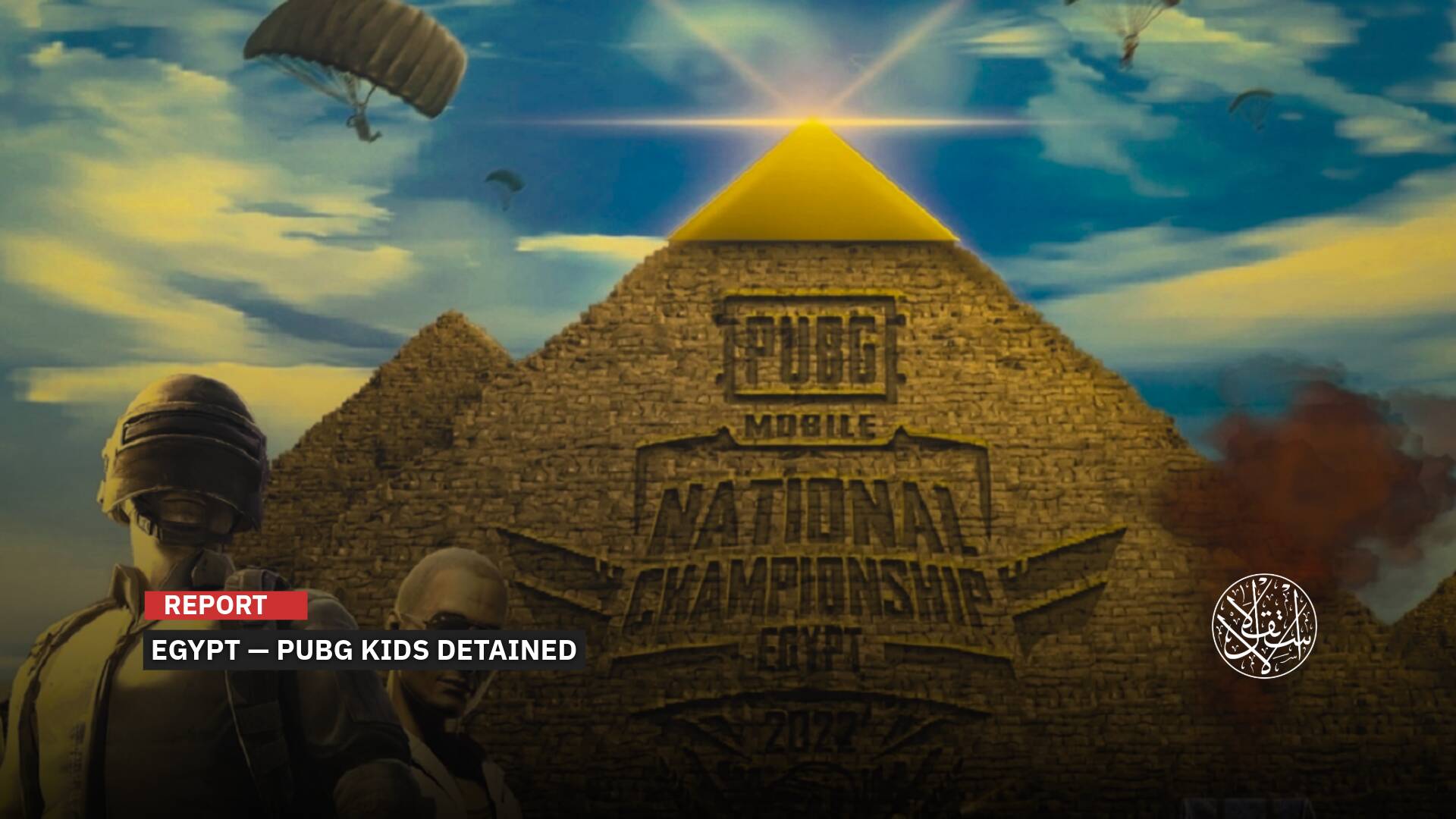4 Bold Goals and Key Details Behind ‘Israel’s’ Controversial New Aid Plan in Gaza

“Israel” aims to avoid responsibility for stopping the aid.
As part of a plan to force Gaza’s residents into displacement through starvation, “Israel” and the United States have devised a new mechanism for distributing food and aid within the enclave, bypassing the UN and established international relief organizations, and overseen instead by a private American mercenary company.
The true aim of the Israeli strategy is to empty the northern Gaza Strip of its population by establishing a single aid distribution centre in the south, laying the groundwork for the forced relocation of residents from that point onwards.
The plan also aims to absolve the occupying power of any accusation of starvation and to accelerate displacement by confining food distribution to centres in southern Gaza, effectively concentrating two million Palestinians there and making it easier to push them towards the Egyptian border.
“Israel” is seeking to clear itself of responsibility for the aid stoppage, in an effort to avoid international condemnation for causing famine and civilian deaths.
This responsibility will thus fall in the future on the Gaza Humanitarian Foundation (GHF), which is set to replace the United Nations and independent global relief agencies.
Since early March 2025, “Israel” has cut off all supplies to Gaza—including food, shelter, medicine, and fuel—as part of a deliberate plan to starve and displace the population, plunging the enclave’s 2.1 million residents into a deepening humanitarian crisis.

Suspicious Organization
The Gaza Relief Foundation describes itself on its website as a charitable organization established in Switzerland in 2025, legally registered as a Stiftung.
It states that it operates in fields including healthcare, humanitarian and disaster relief, nonprofit and charitable work, among others.
Its declared mission is to achieve charitable and humanitarian objectives by providing material, psychological, and medical support, particularly delivering humanitarian aid to those affected by the conflict in the Gaza Strip, such as food, water, medicine, shelter, and reconstruction.
The foundation also insists it is non-profit, yet it does not disclose its sources of funding.
What raises suspicions, however, are the questions surrounding those who will run it. The organization is headed by David Papazian, an Armenian based in London who has been implicated in corruption scandals.
Papazian previously served as CEO of the Armenian National Interests Fund (ANIF) but was dismissed in January 2024 amid allegations of corruption and embezzlement, with criminal investigations subsequently launched against him.
The foundation’s board also includes Loik Samuel Marcel Henderson from the United States and David Kohler from Cologne, Germany—both figures about whom little is known.
While its website states that these three individuals manage the Gaza Humanitarian Foundation and oversee aid distribution, American and Israeli reports have named different people in connection with the organization.
On May 17, 2025, The Guardian reported that the foundation’s operations are overseen by Jake Wood, a former U.S. Marine and founder of the private military company Rubicon, which provides veteran American combatants for crisis zones.
Ironically, Wood maintains close ties with Israeli figures, as evidenced by his posts on his verified Facebook account, and has visited the occupied Golan Heights.
He also posted a photo on his account with the former head of Israeli naval operations, captioned: “This man led Israel’s only submarine on a covert mission to Alexandria port after Egypt’s defeat in 1967.”
In an attempt to polish its image, the organization sought to bolster its credibility by adding two prominent humanitarian figures to its management team.
They are David Beasley, former head of the World Food Program, and Nate Mook, former CEO of the World Central Kitchen.
However, both told CNN on May 16, 2025, that they are “not currently involved” with the organization, which claims to distribute humanitarian aid in Gaza. The group has yet to respond to these denials.
Formed hastily with the dubious aim of facilitating displacement under the guise of aid, the organisation’s delayed rollout forced “Israel” and the U.S. to temporarily reinstate UN agencies to manage distribution until the group is ready to take over by the end of May 2025.
According to The Guardian, “The organization backed by Israel to take over food distribution in Gaza as famine looms has admitted it would not be able to feed some of the most vulnerable civilians from the militarised compounds it plans to set up.”

4 Sites
A leaked 14-page document from the organisation reveals a plan to establish four “safe zones” for distributing food and water in southern Gaza, each intended to serve around 300,000 people continuously, covering roughly 1.2 million residents, or about 60% of the territory’s population, in the initial phase.
The scheme involves handing out 20-kilogram boxes to Palestinian families, containing enough provisions for several days, along with essential hygiene items such as soap.
This means there are no provisions for those suffering from illness or severe weakness caused by famine—people unable to travel long distances across the devastated territory while carrying heavy loads, according to human rights organizations.
Jonathan Crickx, spokesperson for the United Nations Children’s Fund (UNICEF), criticized the plan, warning that it will only exacerbate the ongoing suffering of children and families in the Gaza Strip.
He questioned how a mother of four, who has lost her husband, is expected to carry 20 kilograms to her makeshift tent, sometimes located several kilometres away.
He stressed that this means the vulnerable, including the sick, elderly, disabled, wounded, and orphans, will be unable to access aid.
Palestinian activists say “Israel” has chosen a barren area adjacent to the Philadelphia border crossing with Egypt as the sole food distribution point, overseen by the Israeli military and a U.S. security firm, deliberately intensifying pressure on the border to force the hungry towards it.
They argue the real aim is displacement, not food distribution—systematically driving two million people to chase meagre supplies, pushing them to storm the border.
Israeli analyst Tamir Hayman told Channel 12 on May 19, 2025, that there are currently three methods for distributing humanitarian aid:
Firstly, convoys of aid are allowed in through the traditional system, which “Israel” has agreed to on a temporary basis until the end of May 2025.
This means trucks reach distribution warehouses, with Hamas overseeing the distribution — a process Hayman claims enables the group to seize aid supplies.
Secondly, aid is distributed through four to six designated centers managed by the Gaza Humanitarian Foundation, under the supervision of an American security company.
Under this system, each family is given a box of supplies intended to last a week.
However, Hayman argues this method does not guarantee that all families will receive assistance, nor that Hamas will be kept from controlling the process, often using hungry family members as cover.
Thirdly, there is the Rafah plan, the most ambitious scheme favoured by “Israel.” This would involve establishing a secure zone controlled by the Israeli military, where residents would be supplied with their essential needs — whoever comes can eat. However, this plan is not expected to be operational for several months.
According to The New York Times, “In Private, Some Israeli Officers Admit That Gaza Is on the Brink of Starvation,” it reported that “Some Israeli military officials have privately concluded that Palestinians in Gaza face widespread starvation unless aid deliveries are restored within weeks, according to three Israeli defense officials familiar with conditions in the enclave.”

4 Goals
Behind the new mechanism for distributing food and aid, “Israel” seeks to achieve four insidious objectives as part of its plan to erase Gaza from the map.
The first is to depopulate northern Gaza through starvation, having failed to force residents out by military assault and bombardment.
The strategy is to block aid from entering that area, effectively starving the population into displacement.
On May 20, 2025, the Israeli military radio openly acknowledged the plan, confirming that “all residents of northern Gaza who head to the aid distribution centre south of the Salah al-Din axis will not be allowed to return.”
The broadcast described the scheme as a “one-way ticket,” effectively forcing the population to relocate to the southern parts of the enclave.
It added that “Israel” intends to accelerate the evacuation of Gaza’s northern residents, with the goal of completely emptying the area.
The radio also admitted that throughout the war on Gaza, and during the peak of the Israeli ground invasion in the city and other northern areas of the enclave, “Israel never succeeded in fully emptying the northern region.”
Despite dozens of evacuation orders issued by the occupying army, some 200,000 to 300,000 residents remained in the north, refusing to move to the southern Netzarim axis, which the military had designated as the dividing line between north and south.
According to the radio, the prevailing belief in “Israel” now is that this plan will leave Gazans with no choice but to move southwards.
The second objective is to exploit this plan not for food distribution, but for forced displacement—herding Palestinians into southern Gaza before pushing them towards the Egyptian border at a later stage.
The third involves placing an obscure American private company in charge of distributing aid, allowing the occupation to shirk responsibility for the ensuing starvation.
The fourth aim is to legitimize Israeli control and occupation of Gaza by overseeing food distribution, effectively sidelining the United Nations and established international aid organizations.
A report by The Observer on May 10, 2025, highlights that the purpose of the so-called Gaza Relief organization is to divert aid away from established international channels to a new donor-funded system, though the identity of these donors remains undisclosed.
Under international law, “Israel,” as the occupation power, bears the responsibility to provide for the basic needs of Gaza’s civilian population, including food and medicine.
UN Secretary-General Antonio Guterres and UN Emergency Relief Coordinator Tom Fletcher have both rejected the plan, expressing deep concern that it would restrict aid access and put civilians attempting to reach assistance at risk.
They warned the scheme would force hundreds of thousands to gather at just four distribution points, stating firmly, “We will not participate in any arrangement that does not fully respect humanitarian principles.”

Food is a Weapon!
Immediately after the controversial plan’s details were unveiled, UN agencies confirmed they would not cooperate, condemning the approach as a clear case of “using aid as a weapon.”
On May 18, 2025, the Supreme Council of Tribes in Gaza publicly rejected any engagement with the American company designated to distribute humanitarian assistance under the Israeli framework.
The council warned that this move represents a dangerous prelude to ending the UN’s role in Gaza, replacing it with actors driven by political agendas, and effectively “militarizing humanitarian work, turning aid into a tool of control over the territory under the guise of assistance.”
It described the introduction of the American group, Gaza Relief, to distribute aid as an undermining of national sovereignty and a circumvention of established international institutions operating in the region, foremost among them the United Nations Relief and Works Agency for Palestine Refugees (UNRWA).
Basem Naim, a senior Hamas official, described the proposed U.S. plan for aid distribution in Gaza as closely aligned with the Israeli vision to militarize this issue.
Meanwhile, Rami Abdu, head of the Euro-Mediterranean Human Rights Monitor, characterized the U.S.-Israeli strategy of outsourcing limited aid distribution to international companies as a calculated maneuver designed to institutionalize starvation.
“The goal is not relief but to impose control and buy time for Israel by exhausting and starving the population into displacement,” Abdu said, describing it as “not a relief plan but a new form of siege, genocide, and forced eviction.”
On May 10, 2025, 55 organizations issued a statement condemning the “vague, broad, politicized, and opaque standards” governing the operations of this new American organization, warning that it aims to “assert control” over Gaza.
On May 19, around a dozen British aid and human rights organizations warned that the U.S.-backed relief organization is “politicized.”
They criticized its launch without Palestinian involvement, highlighting that Gaza’s population remains under a full blockade.
They demanded access to aid for all Palestinians, “not just those cooperating with an occupying force.”
Meanwhile, Finance Minister Bezalel Smotrich, while approving limited aid into Gaza, acknowledged the aim was to avoid accusations of “war crimes” even as efforts continue to exterminate the territory.
According to Al-Estiklal, in a speech, Bezalel Smotrich stated, “We allowed humanitarian aid in so the world won’t stop us and accuse us of war crimes. But the real goal remains control, cleansing, and survival until Gaza is completely dismantled.”
He added that the aid was not about relief, but appearances: “This allows the world to continue providing us with international protection.”
Meanwhile, on May 18, an Israeli-American journalist writing for Walla and Axios reported that the war cabinet in “Tel Aviv” approved the immediate resumption of humanitarian aid transfers to Gaza, primarily due to international pressure.
Representatives of the Israeli military at a ministerial meeting also confirmed that food reserves held by the United Nations and other aid organizations in Gaza have been exhausted, warning that “Israel” risks being accused of war crimes.
This was echoed by Israeli Prime Minister Benjamin Netanyahu in official statements on May 20, 2025, who said that “it's necessary to resume Gaza aid as famine images prove unpopular with allies. Meanwhile, the Israeli military has ordered the evacuation of the territory's second city.”
Sources
- Gaza Humanitarian Foundation
- Israel-backed food aid group admits it won’t be able to reach most vulnerable in Gaza
- ‘Not a crumb left’: Gaza fears new military push as Israeli aid blockade bites
- A U.S.-backed group says it will deliver aid to Gaza, but humanitarian organizations are skeptical. Here’s what we know



